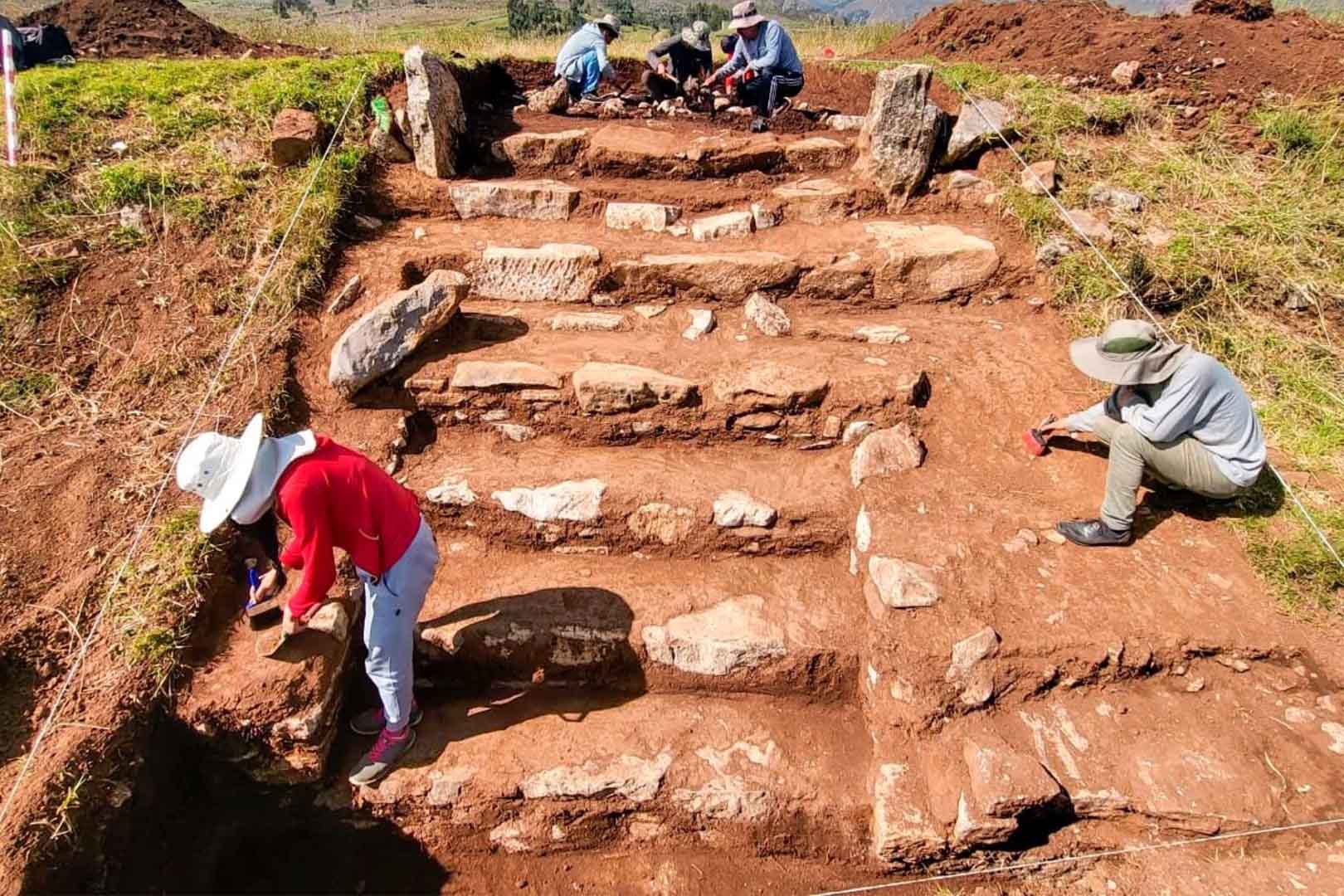A team of archaeologists has made a significant discovery in the Apurímac region, specifically in the province of Andahuaylas: a 3,000-year-old ceremonial center from the Formative Stage.
Located in the district of San Antonio de Cachi, this ceremonial site, named Markayuq, features an impressive square platform measuring 31 x 31 meters with an approximate height of four meters. It includes a main entrance on the north side and a majestic seven-step staircase.
The archaeologists explained that they strategically placed the ceremonial center on top of the Markayuq plateau on an artificially elevated platform. It faces the apus, the sacred mountain deities of Peru, underscoring its religious and ceremonial purpose.
The discovery of a rectangular sunken court inside the center suggests people used it for ritual activities. "This ceremonial center offers a view of a wide horizon," an archaeologist commented, highlighting the panoramic views available from the site.
This find not only illuminates the ceremonial practices and social organization of the region's ancient populations but also underscores Peru's historical and cultural significance in the civilizational development of the Andes.
Where is Apurímac located?
Apurímac is situated southwest of Cusco, Peru. The two neighboring regions, with Apurímac positioned closer to the coast and Cusco more inland towards the Amazon jungle, share a rich Andean cultural heritage and are part of the country's southern highlands.


